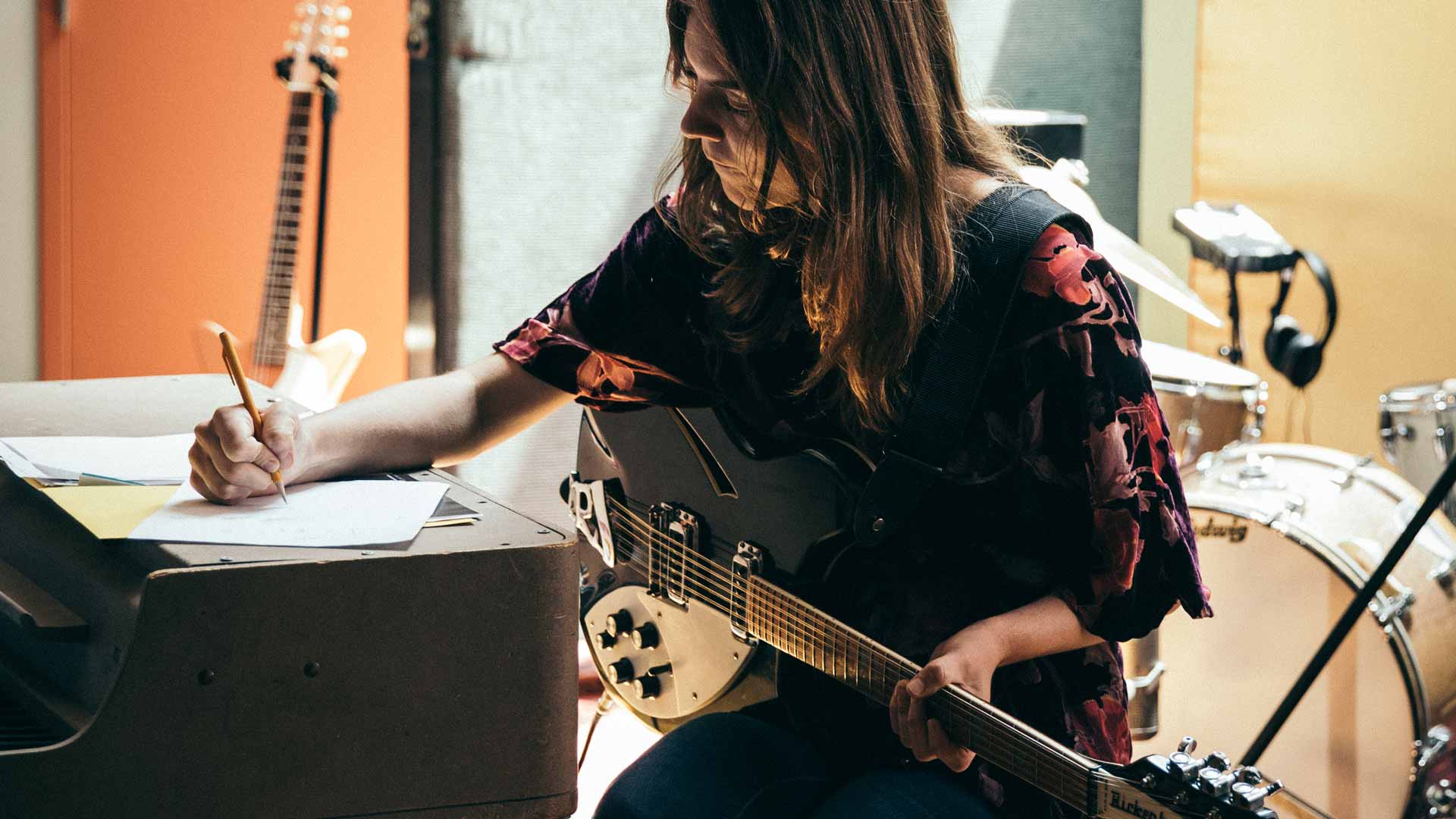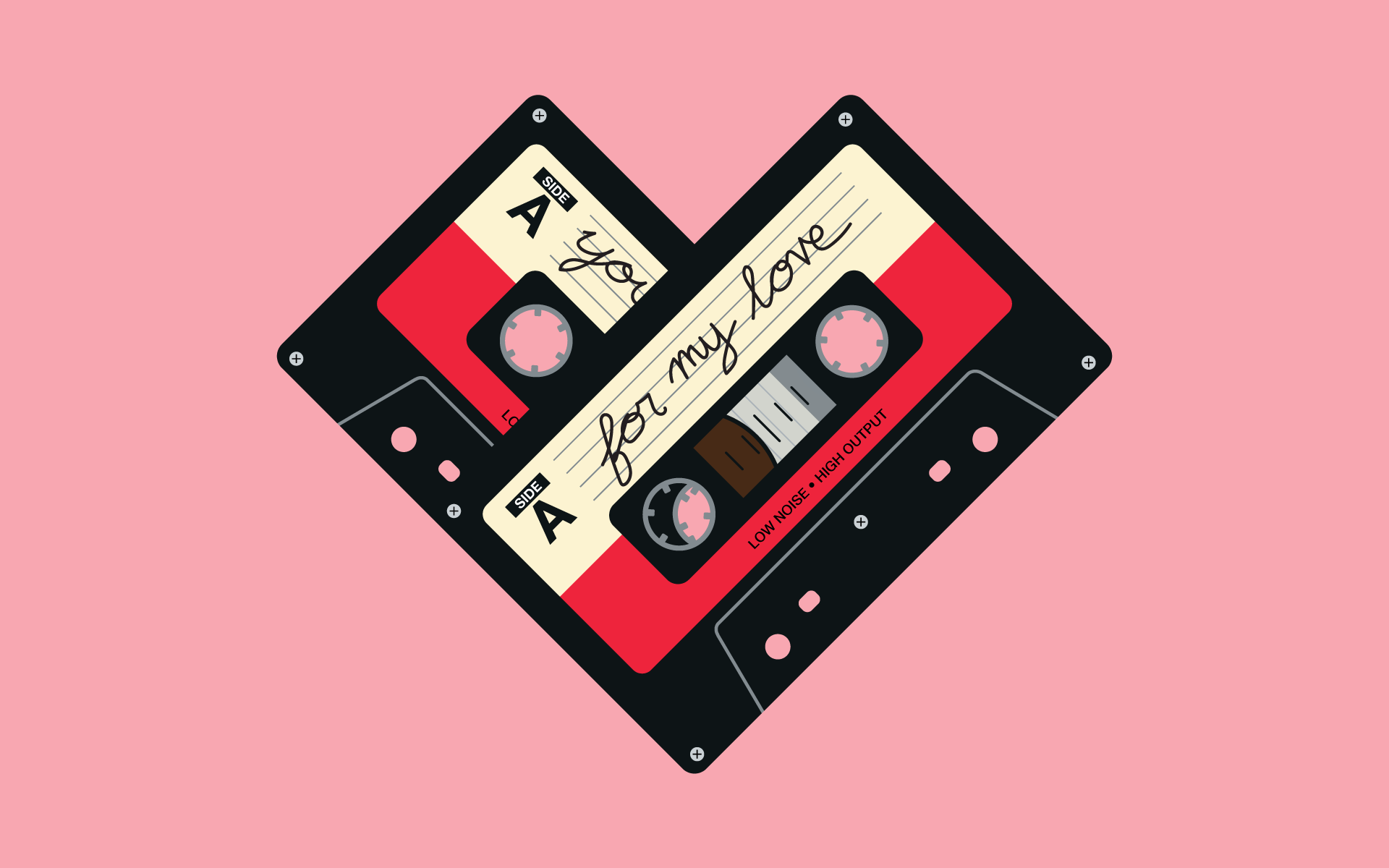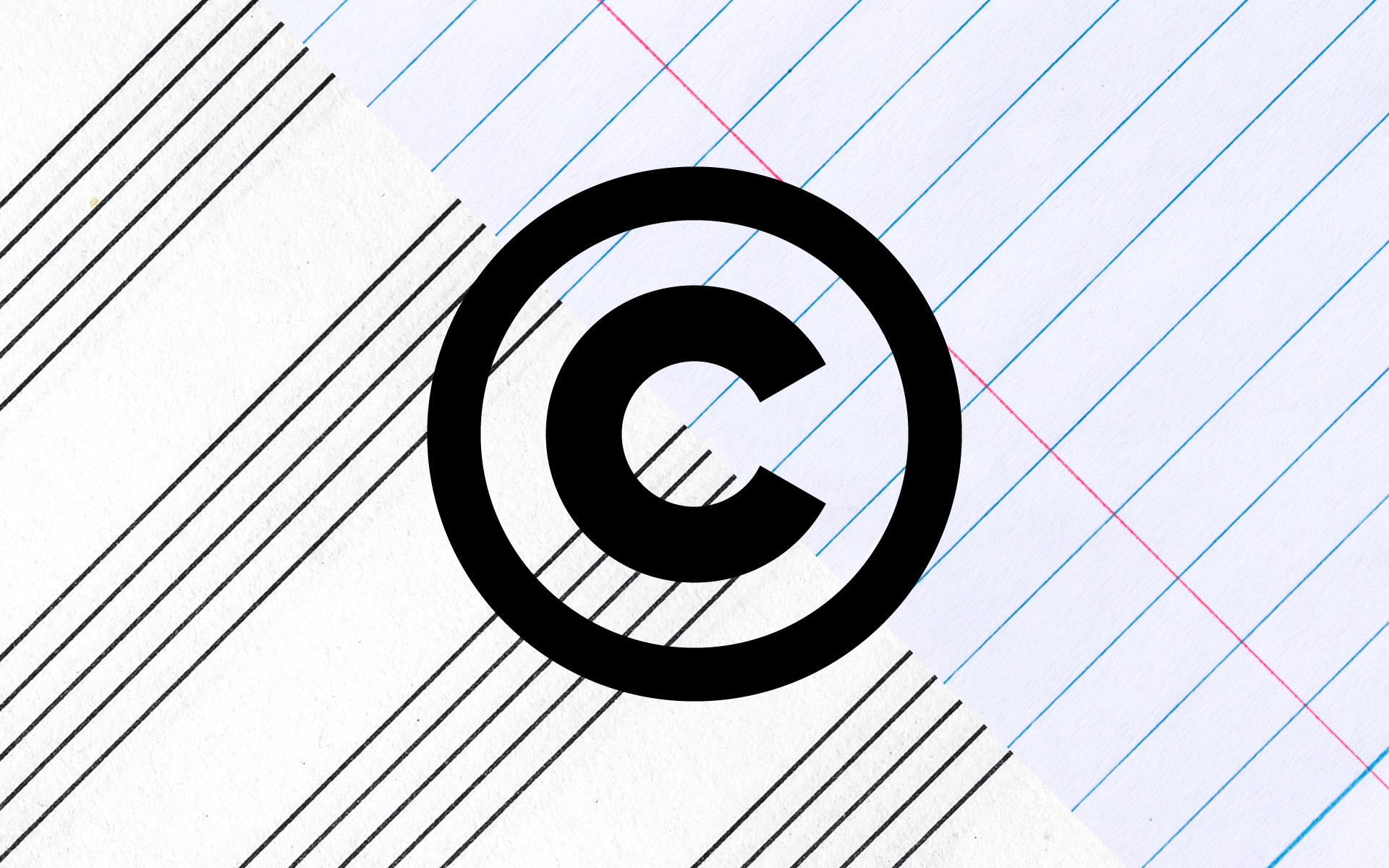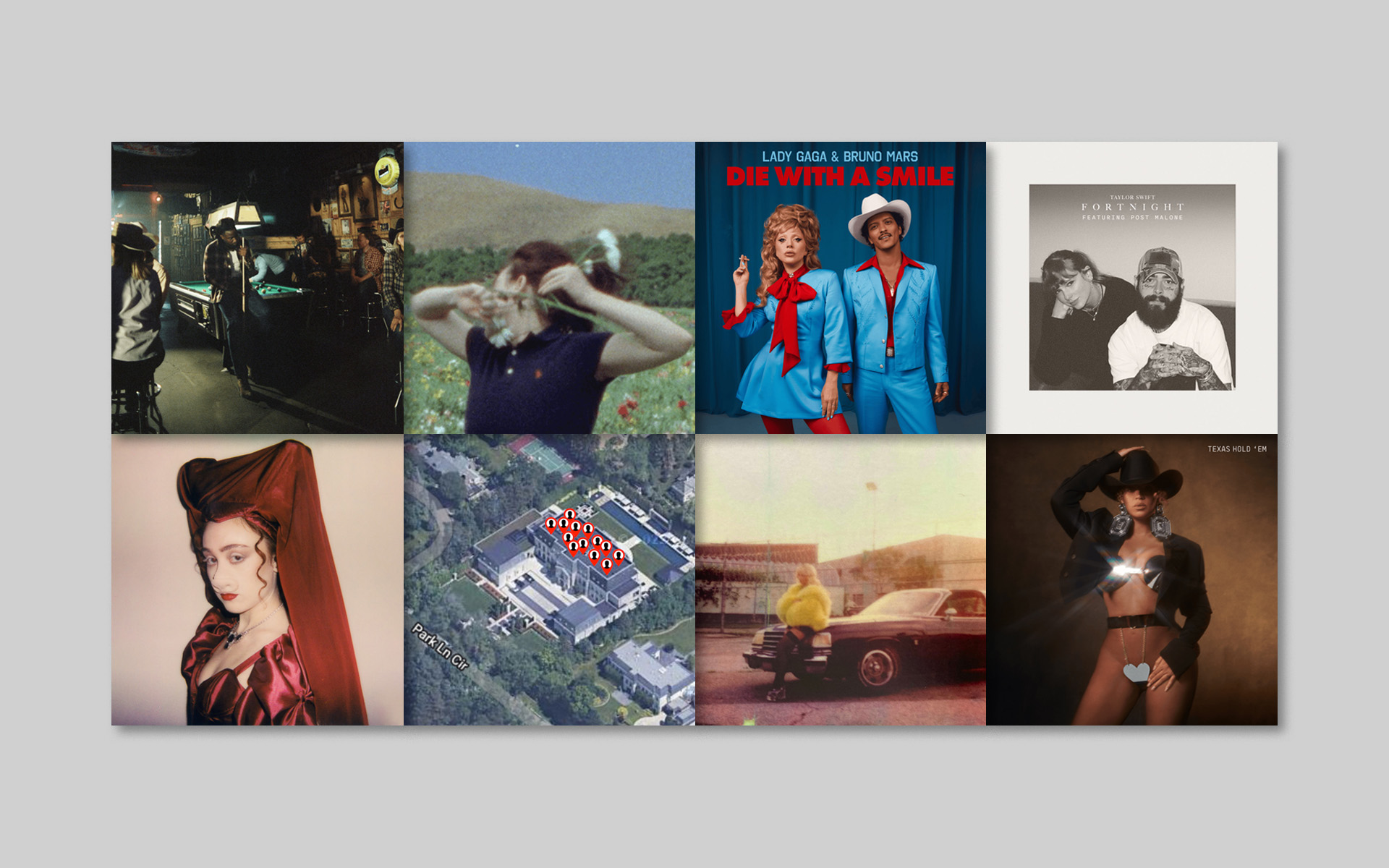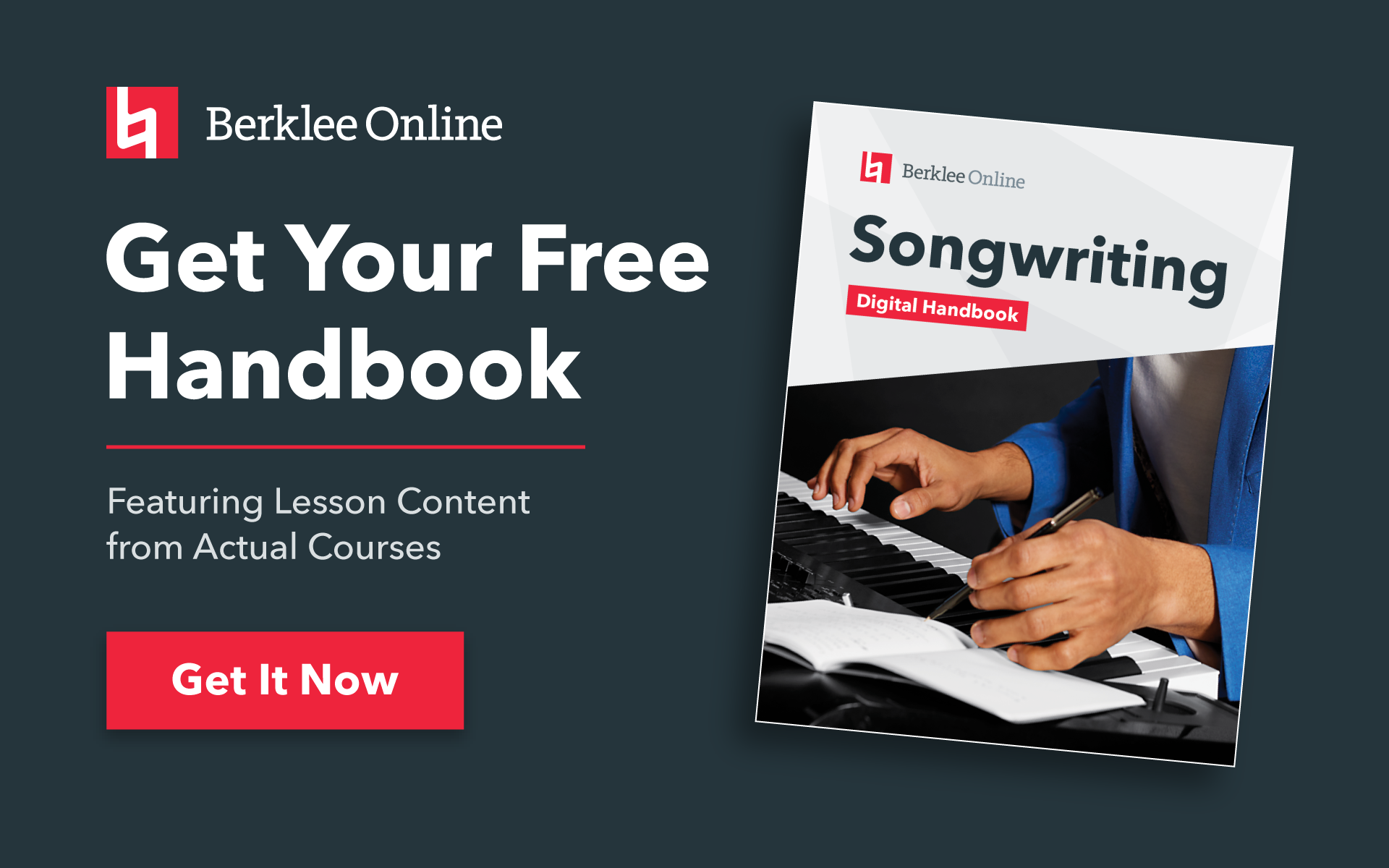The following is excerpted from Chapter 1 of Melody in Songwriting: Tools and Techniques for Writing Hit Songs by Jack Perricone, published by Berklee Press.
What is melody?
The two basic elements of music that define melody are pitch and rhythm. Melody is a succession of pitches in rhythm. The melody is usually the most memorable aspect of a song, the one the listener remembers and is able to perform.
Melodic Phrase
A melodic phrase, much like a sentence or clause in verbal language, usually encompasses a complete musical statement. A melodic phrase usually defines itself by resting or holding or coming to some point of resolution (rhythmically and/or tonally) and, especially in vocal music, is directly related to the natural areas to breathe. Short phrases usually group together to form a longer phrase.

In the following example, phrase 1 and phrase 2 group together to form a longer phrase; phrase 3 and phrase 4 group together to form a longer phrase.
Conjunct and Disjunct Melodic Motion: What Does it Mean?
There are two types of melodic motion: conjunct motion, which proceeds by step from one scale degree to the next (i.e., by the interval of a 2nd) and disjunct motion, which proceeds by leap (i.e., by intervals larger than a 2nd).
A melody assumes character by a number of means: its rhythmic structure, its contour, its tonal makeup, and its intervallic content. Most vocal melodies consist of conjunct motion, which is the most natural and comfortable to sing. It is usually the intervallic leaps, however, that give a melody character and cause the melody to assume more of a memorable profile.
Conjunct motion produces a smooth vocal line, as seen on the first staff in the example below. Disjunct motion—as seen on the second staff in the example below—is more difficult to sing. Even if you are unable to read music, just looking at that second melody should provide an indication that it will be a challenge to successfully sing such leaps.
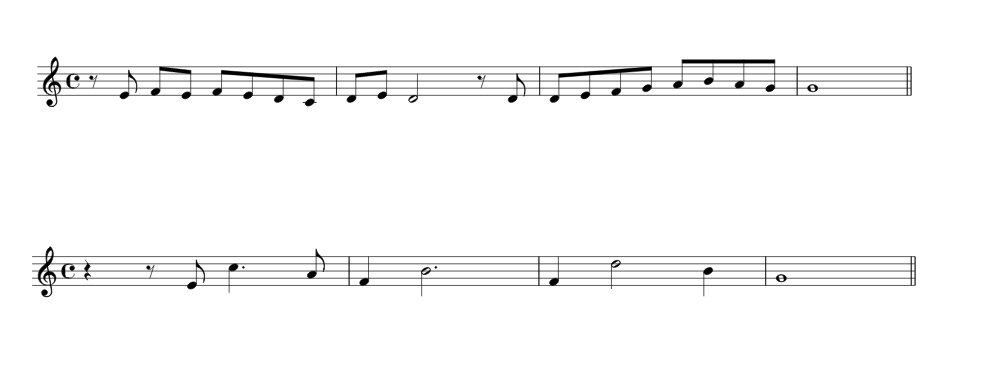
Then look at the next example below, which is conjunct and disjunct motion, working together, which usually produces a good result.

Writing for the Voice
It is absolutely essential to the craft of songwriting that the writer sing the melody, feel it in the voice, reach for the high notes, and focus on experiencing the relationship between the lyric and the melody. Much of melody writing done for instruments, especially for the piano, is difficult or impossible to sing. The following are to be considered when writing for the voice:
1. How disjunct is the melody? Too many intervallic leaps can cause the melody to be difficult or impossible to sing.

2. Does the vocalist have time to breathe between phrases? Is the phrase so long that it doesn’t allow the singer to breathe?
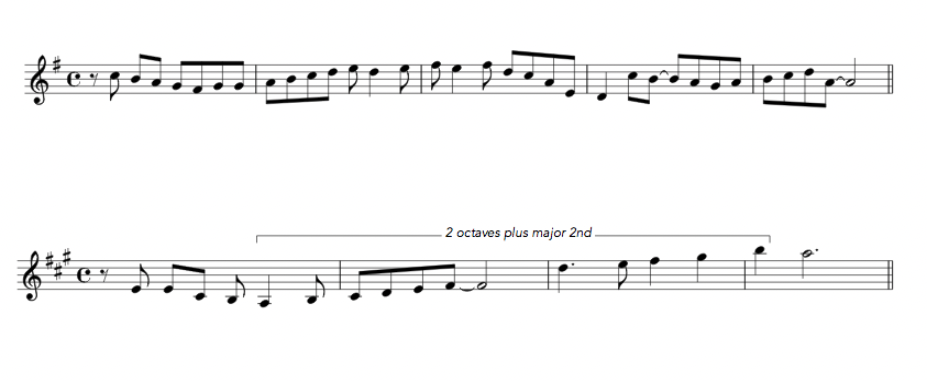
3. Is the vocal range of the song too great? Does the range within a section of the song change too quickly?
TAKE THE SONGWRITING: MELODY COURSE AT BERKLEE ONLINE.
The Lead Sheet
The lead sheet format reflects the importance of the melody. Harmonic voicings, texture, and orchestration are not found in lead sheets. The lead sheet solely contains the melody, the lyric, and the harmony notated with chord symbols.
Guidelines for Lead Sheet Writing
The following guidelines for leadsheet writing are given to help eliminate the usual errors.
1. The melody should be notated in a clear-cut but accurate fashion in the treble clef. Notes and rhythms that are purely embellishments need not appear on the lead sheet.

2. If a section of a song is repeated and some melodic rhythms and pitches are slightly altered (as often happens in verse sections), cue notes should be written for these deviations.

3. Chord symbols should appear directly over the beat or part of the beat on which they are played. It may be necessary to approximate this if a melody note is not sung on the exact rhythm.
One of the most common errors is placing a chord in the middle of the bar when the chord is intended to be sounded for the entire measure. This is confusing to a player who must play the chord on the first beat.
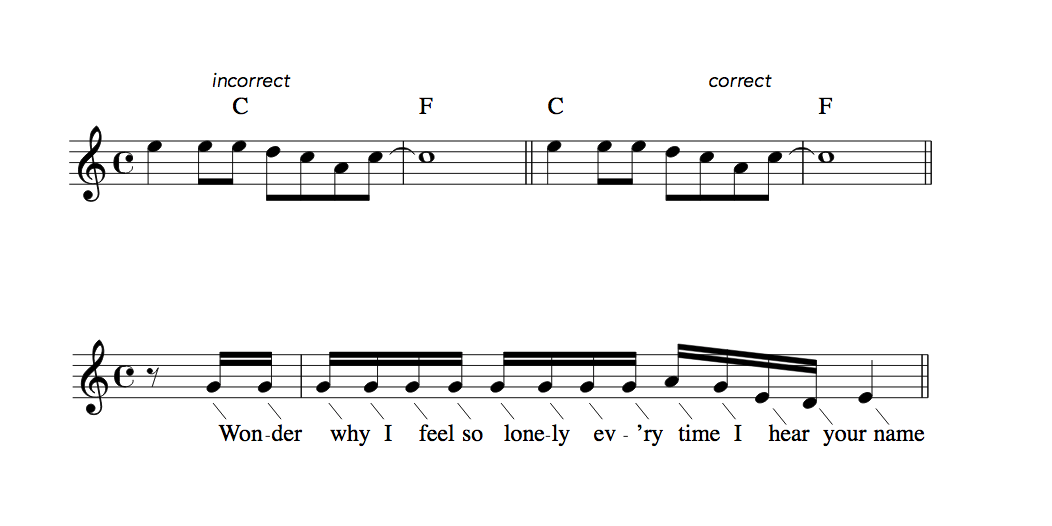
4. Each syllable of the lyric should be placed directly under the note or notes to which it is sung. Spacing of the music is determined by the length of words and syllables. Improper alignment of lyric to melody is a common mistake that should be avoided, as shown in the example above.
Use seven- or eight-stave paper to allow for two or three sets of lyrics to be placed under each stave.
5. Lyrics may include lowercase and uppercase letters or consist entirely of uppercase letters. Lyrics are always printed.
6. Hyphens are used to separate syllables, as shown in the example below.

7. “Extended” lines are used for a one-syllable word or for the last syllable of a polysyllabic word that occurs with tied or slurred notes.

8. A slur should be written above or below the note heads for two or more notes assigned to a single syllable.

9. The title should be capitalized and centered on the first page. Indicate “words by” or “lyric by” followed by the lyricist’s name and “music by” followed by the composer’s name in the upper right section of the first page. It is wise to number the additional pages and to print the song title in the upper right-hand corner of each page.
10. A tempo or groove indication at the upper left of the first page should be included.
11. A copyright notice should be written at the bottom of the first page: Copyright © (year) by (copyright owner).
12. The lead sheet for the song is not an arrangement. In rare cases, however, it may contain music that is not sung, such as an introduction/interlude figure that the composer deems intrinsic to the song. The lead sheet may contain a bass figure that is used throughout the song and that is identifiably characteristic of the song. The figure would be written once in the bass clef at the beginning of the lead sheet with an indication to “play throughout song” or “play on every chorus.”
Songwriting Tips
Try to keep these indications to an absolute minimum. The lead sheet should represent the most essential ingredients of the song. These ingredients can then be embellished by the vocalist(s), the accompanist, the arranger, or the producer. Do not clutter the lead sheet with arranging ideas or instrumental sections that are optional.
When actually composing the song, such shortcuts as putting in a repeat sign after four measures in a verse section may discourage creative possibilities and choices that might have existed if you had allowed yourself the space to realize them. (These could be as simple as changing one pitch or rhythm or may entail adding a couple of measures of new music.)
Study the architecture of the sample lead sheet found below, and then read the explanation of the format to confirm that you fully understand the meaning of the repeat symbols and directions.
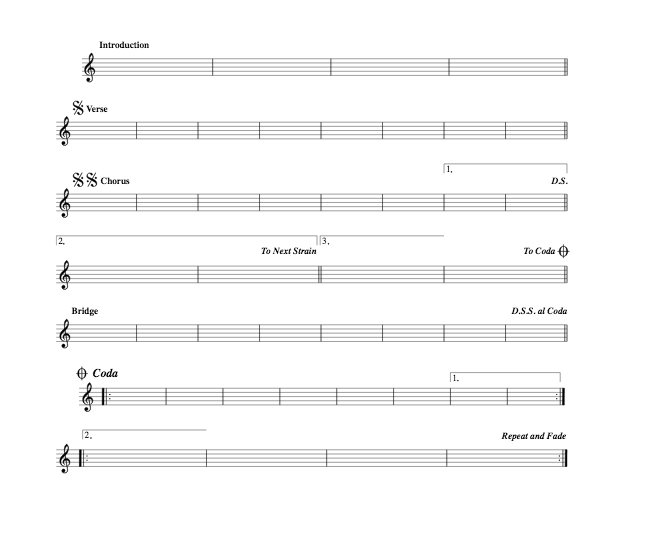
Format
- Introduction
- Verse 1
- Chorus (take the 1st ending and D.S.)
- Verse 2
- Chorus (take 2nd ending, go to the next strain)
- Bridge (D.S.S. to the chorus)
- Chorus (take 3rd ending and go to the coda)
- Coda (take the 1st ending)
- Repeat the 2nd ending (four bars) ad infinitum.
Melody lies at the heart of songwriting, shaping the emotional core of a song and connecting with listeners on a fundamental level. Whether you are crafting smooth, singable lines or experimenting with leaps that give your melody character, understanding the principles behind melody can elevate your compositions.
To dive deeper into the tools and techniques of melody writing, explore Melody in Songwriting: Tools and Techniques for Writing Hit Songs by Jack Perricone, or take the Songwriting: Melody course at Berklee Online.





